If we had to look for the two main film festivals where new media was first welcomed (around 2007), we could put on the podium the Sundance Film festival with its New Frontier section, and – the International Documentary Filmfestival Amsterdam with its IDFA DocLab. The Dutch festival remains one of the laboratories of the immersive industry, revealing talents and cradles of innovations of all kinds. Meet its founder Caspar Sonnen, a legend in the industry as IDFA DocLab is celebrating its 16th edition.
Cover: HORIZON
IDFA and DocLab, a 16 editions journey
Caspar Sonnen – In the beginning, 16 years ago, in 2007, there was a lot of serendipitous little things happening. Some were still like “is this Internet thing a thing? Does it mean something to us?”. From the film side, of course, there was a lot of talk then about crowdfunding and online distribution, but VR was still a failed experiment from the nineties and the iphone had not even been released. But online, people with all sorts of backgrounds were tinkering and crazy artistic experiments.!
C. S. – As a kid, I grew up in a family doing interdisciplinary street theatre, and playing a lot with the Commodore Amiga that the theatre group didn’t really use. When I got older, I ended up in university studying both new media and film With new media however, I really didn’t connect. It was the nineties and I remember a lot of false hype around its future. Actors will be replaced by avatars in 5 years, things like that… But I completely fell in love with cinema, especially the early days of cinema. Later, when I started working for cinemas, film festivals and co-founded an Open Air Film Festival, I always felt drawn to artists that play with different media and new technologies. You always feel that excitement when a new medium or an artistic format is being explored, when things collide, and sometimes magically fall into place. Following the rise of the internet in the early 2000s, in the end, proved to be a good moment for us at IDFA to launch a new program to explore documentary art and storytelling coming out of the digital revolution. But in the beginning, none of us had any idea how to curate a section for the “new media” or how to showcase all these interactive Internet things.
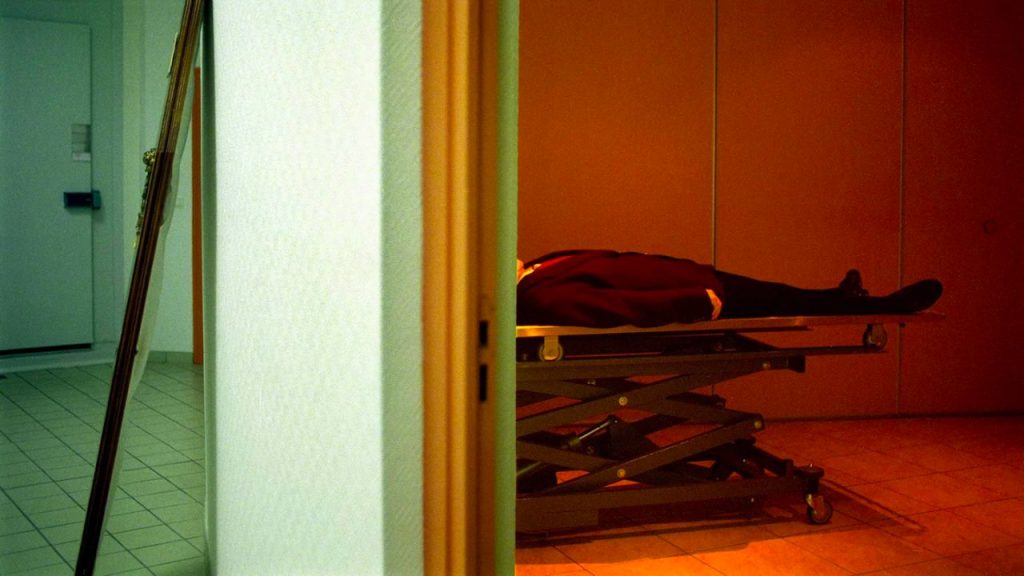
C. S. – What we did know was that IDFA was a film festival about the art of reality. And most of what people put online in those days was grounded in reality, sharing personal videos and blog posts with much more vulnerability and playfulness than today. It’s hard to imagine a project like Jonathan Harris’ classic We Feel Fine being made today, but everytime a new technology emerges, it is usually first used to capture reality. That is why the first movie camera was pointed at people leaving a factory! You don’t hire actors and build sets before you know what to do with a technology. This beautiful moment when we don’t yet know what a technology or a medium is best at or should be used for, became a great starting point for DocLab.
C. S. -The first year we simply called it the Online Programme, and went searching the web for whatever we could find that was exciting to present as digital documentary art and storytelling. One of the first ones we found was THANATORAMA by Upian (link). It was the first real interactive documentary I experienced and it instantly cured me from the cynicism I felt when studying new media in the nineties. Here, interactivity meant something. This was doing something that a film or a game doesn’t do. But it definitely was a documentary.
C. S. – But how do you celebrate a website at a festival? The reason we ended up calling the program IDFA DocLab, was that we quickly realised we had to work with artists to explore new formats for showcasing and exhibiting digital works in physical and collective festival context. Soon, artists and industry from across disciplines started coming and the program started growing within the festival, with competitions, live events, a market and an R&D Program.. Sixteen years later we’re still doing the same thing, but on a much larger scale and with amazing colleagues like Wotienke Vermeer, Annabel Troost and Yorinde Segal working on it year-round..
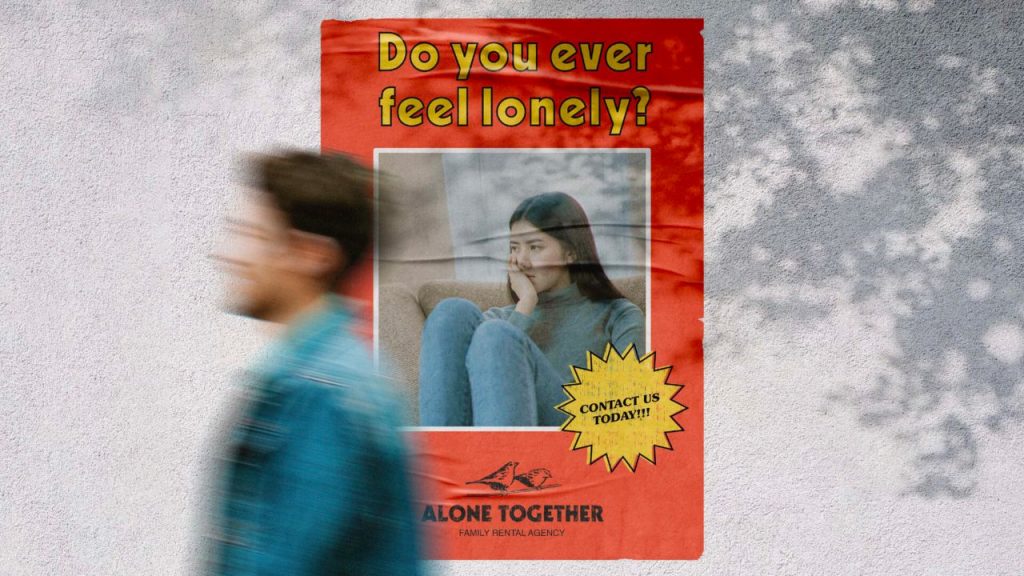
Nowadays, especially after the rise of XR, everything is more physical than ever. We work with museums, exhibition spaces, outside in public space, and we have a planetarium programme (now in its fifth year). Maybe web documentaries are becoming a little bit less on the mind of everybody, but it’s still there. There’s still amazing stuff happening. And it’s actually more needed than ever because I think the Internet is becoming an increasingly boring and commodified place – and it’s harder to find some of these exciting projects. Of course, the immersive space is where the attention has gone to, and rightfully so. We’re again in a very exciting time for new media art.
Curating the non-fiction genre
C. S. – Today new media (XR) is a wide range of things, formats and genres. Which is both a blessing and a curse from a curatorial point of view. When we started the program, we noticed this quite quickly because we are connected to a documentary film festival. Because DocLab is set up in a completely antidisciplinary way, our curation does not have to be related to cinema. It can be related to theatre, poetry, dance, design,gaming or any other artform – as long as it is connected to some form of new use of technology and connected to reality. That means we cast a pretty wide net looking for projects. That said, there is a lot we don’t need to consider, like projects that are completely fiction. Games like RED DEAD REDEMPTION or THE LAST OF US, should not premiere at IDFA, as impressive as they are, but we are very happy to have premiered “games’” like Tracey Fullerton’s Walden or David O Reilly’s Everything. Projects like these challenge both what documentary and videogames can be.

C. S. – In the end, we judge on what we see. I make the program together with my colleagues Annabel Troost and Wotienke Vermeer, supported by a large group of international program advisors that help us make the initial selection from all the submissions we receive. This leads to amazing and sometimes crazy discussions about each work. What makes it documentary or not? Is it pushing technology too far or not far enough? Is it asking too much of the audience or not enough? In the end, it’s about truly having a connection with the work, and then, a lot of complicated curatorial and productional questions and having to kill way too many darlings.. After 16 years of experience curating work across disciplines, we have learned that you never know everyone. We discover a lot of artists through other artists and people we work with, like the Belgian performance group Ontroerend Goed (link). They’re among my top favourite immersive artists , even though they never made something in VR. Together with the National Theatre in London, we commissioned them to make the online interactive experience TM last year. This year they’re back at the festival with FUNERAL, directed by Alexander Devriendt, which is a completely physical, immersive play – and one of the best things I’ve experienced this year.
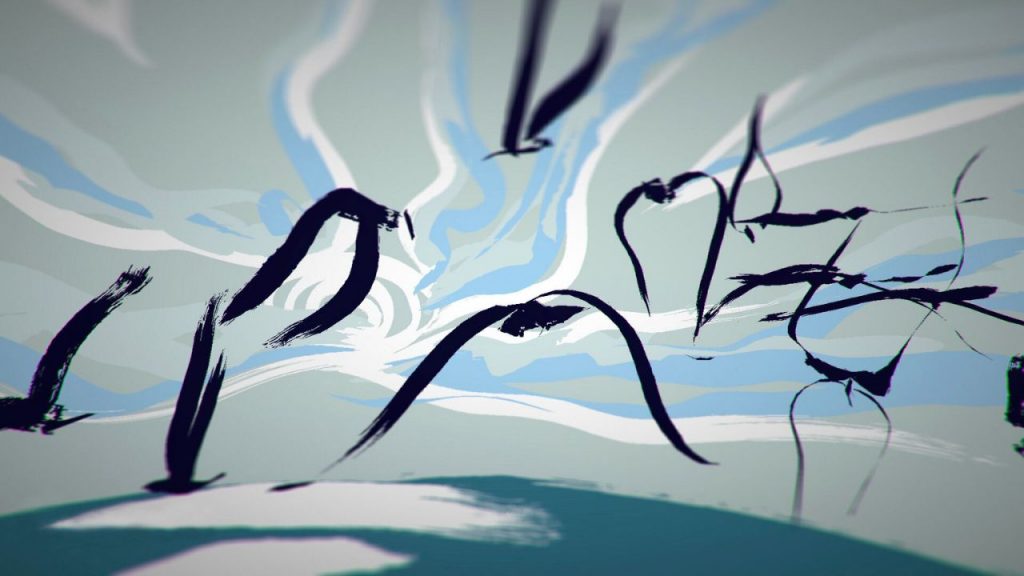
DocLab, the innovative laboratory for XR
C. S. – Of course, we are open to all kinds of technologies, but we don’t select something just because it uses a technology that is getting a lot of attention. For instance, although there was a lot of hype around NFTs and blockchains, we struggled to find artwork that we thought was really meaningful artwork. There were incredible people doing incredible stuff, but at the same time we felt like most of the things we saw were mostly relevant for tech bros or people making fun of that. . I didn’t yet feel like something that would mean something to a wider audience. But sometimes, things take time. This year, we have a beautiful AI photography work by Bieke and Dries Depoorter that started as an NFT initiative. And at our live event the Tool is the Message, Jepchumba from Digital Art will look back on her recent adventures in the crazy world of NFT’s.
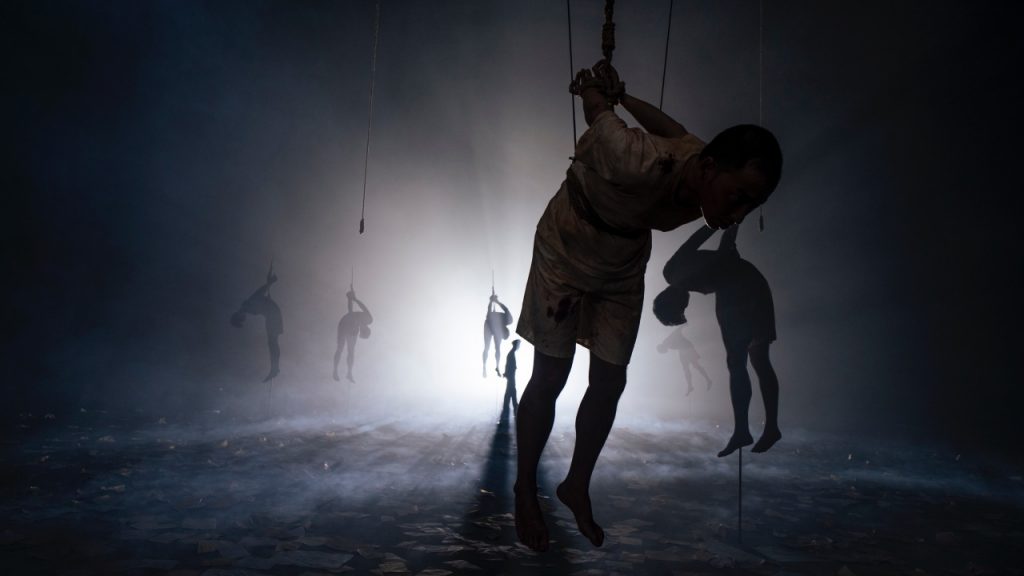
C. S. – Some places or festivals can be more experimental than others. And each event has its own DNA and audience. Some are more celebrating weird experimentation, others try to do the red carpet and others feel more like a stage for rockstars of technology. But we don’t need to define it too quickly. I love how, in just a few years, the virtual reality community grew up, but let’s not forget to take our time. When we showed our first 360 cinema project in 2012, it was hyped as the future of cinema. A few years later, 360 cinema was proclaimed dead, or at least as “not really VR”. And now we see projects like THE MAN WHO COULDN’T LEAVE (2022, Chen Singing – see our interview), an instant classic that shows us the true potential of 360 cinema.
C. S. – The world itself and new media keeps moving and evolving. Let’s not forget we are still allowed to change our minds and change and make everything up again and again. Just as long as we don’t forget to look back occasionally and appreciate what happened before us. Sometimes we tend to be impatient and forget how important it is to appreciate projects like Kat Cizek’s HIGHRISE or Oscar Raby’s ASSENT. We have seen so many timeless masterpieces already, but few of them can still be seen. As an industry, we should invest and experiment more with preservation of digital and immersive art.
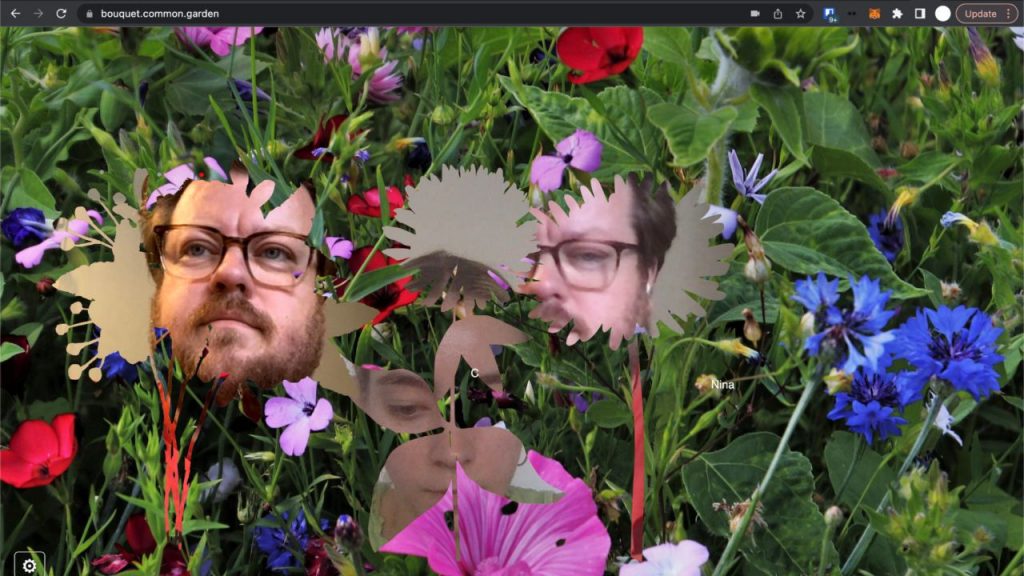
IDFA DocLab 2022: Line-Up, Forum…
C. S. – We received hundreds of submissions. In the end, we now have 35 projects in the program. There is the Digital Storytelling Competition, the Immersive Non-Fiction Competition and special projects like the ONX Mocap stage, our fulldome program and a series of live performances. After two pandemic years, definitely our most physical edition yet. The theme this year is “Nervous Systems” (link), which is a little word play on how, after these last 2 years, everybody has been getting increasingly nervous. This programme both embraces the different ways that we have to interact with the world around us and to become aware of it. Which you do through your nervous systems, through your hands, mouth, eyes, etc..
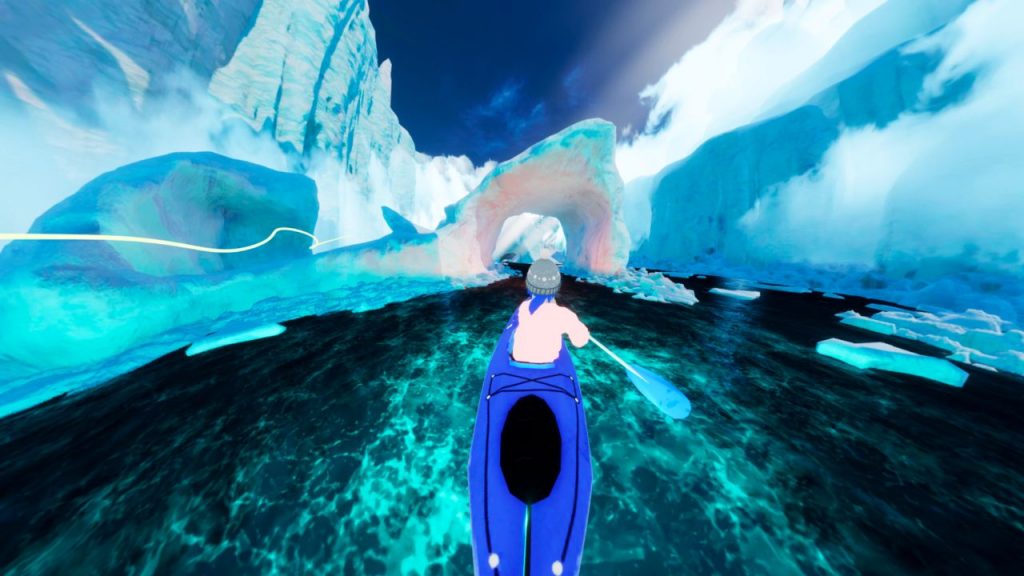
C. S. – It felt fitting to go back to a physical program where we celebrate all these things with an expanded version of PLASTISAPIENS (2022, Miri Chekhanovich, Edith Jorisch) that has live bioplastic cooking performances. There is an immersive performance piece installation called MY TOE (UNCENSORED) (2022, Lisa Schamlé) which is about a performance artist who created an Onlyfans account for her toe, which at certain hours you actually get to meet in the exhibition! There’s the fullscal multisensory version of IN PURSUIT OF REPETITIVE BEATS (2022, Darren Emerson). In SLUMBERLAND (2022), the Bombina Bombast company, returning with a collective immersive XR sleepover theatre experience with live performers in Sweden and collective audiences in Amsterdam, all united in VR. There’s definitely this whole multisensory aspect to the program this year that we’re celebrating.
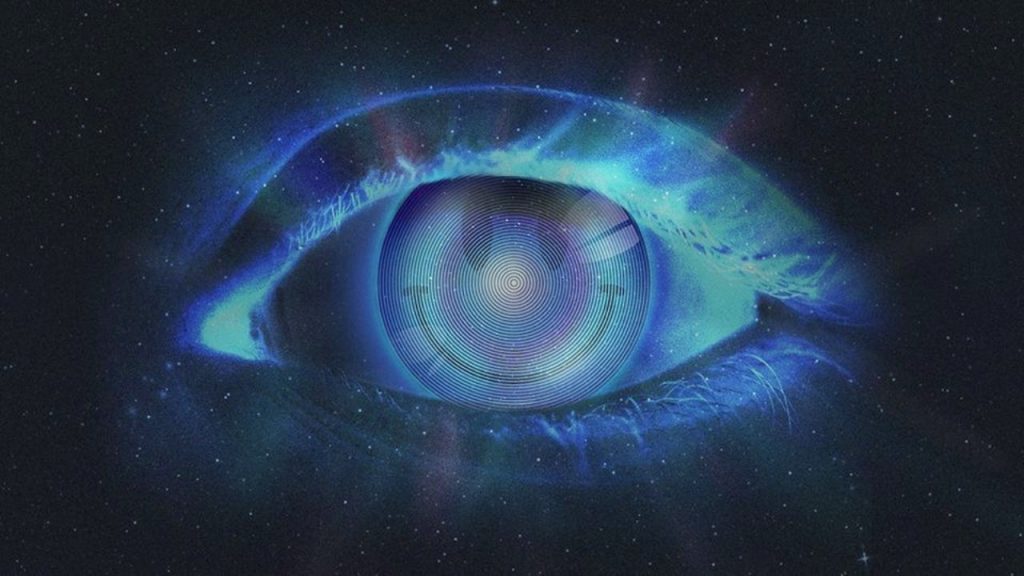
C. S. – One of the more experimental things this year is our collaboration with the ONX Studio and Onassis, bringing a live motion capture stage to the festival. This program present live performances by Matt Romein (BAG OF WORMS), Lisa Jamhoury (MAQUETTE), Jiabao Li (ONCE A GLACIER), Matthew Niederhauser (REALTIME), and Kat Sullivan (DANCE LOOPER), who is also presenting an open masterclass.
C. S. – At the same time, this year’s “Nervous Systems” theme is also a play on how the systems around us are getting nervous. We are living in a late capitalist era and there is no denying the systems are broken. Whether it’s the climate, populism, tech, war or battles over our identity, the systems around us are not functioning and serving everyone as they should. And it’s the systems themselves that are getting nervous as well. As a documentary festival, we are known to reflect on what is happening in reality, but new media projects sometimes invite us to experiment and make it more personal. I love the way the immersive theatre play Horizon invites you to predict the future, through a young adult, asking you how you would imagine their future.
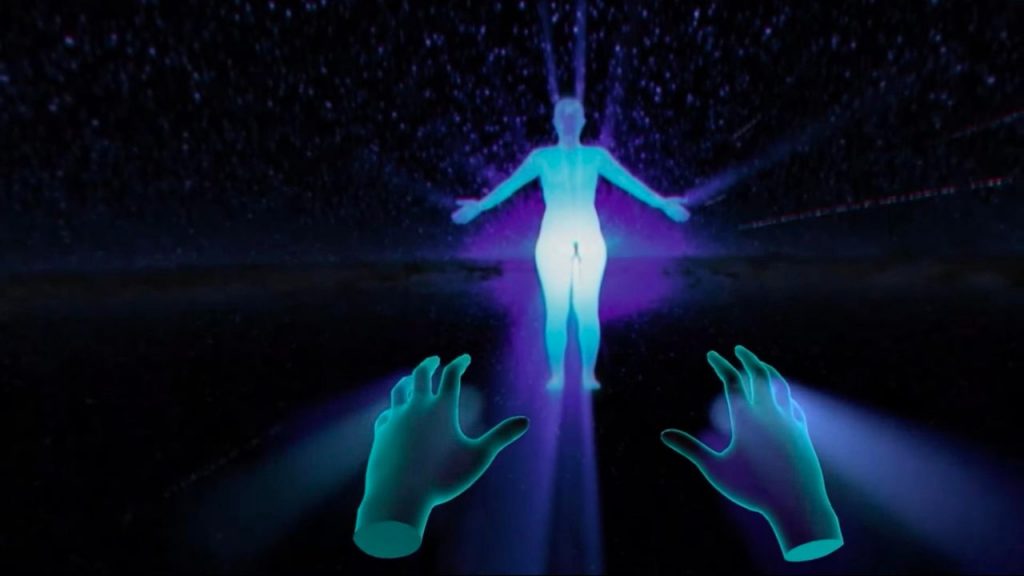
C. S. – Look at the tech space that we are so connected with. A lot of very interesting debates are happening within the community of artists about sustainability. OKAWARI (2022, Landia Egal, Amaury Laburthe) starts a discussion about that issue. What is the climate impact of the immersive field itself? Challenging the idea that everybody should have a headset at home? Well, maybe, maybe not. For cinema, we never started that way, right? We never started saying cinema will become a true art form the moment everybody has a home cinema system. We were once very happy with just having theatres and beautiful movie palaces for this art form. We don’t say the same thing about theatre, so it’s an interesting thing. I love to follow artists on these discussions – and that’s what we also do with our R&D Program in collaboration with MIT.
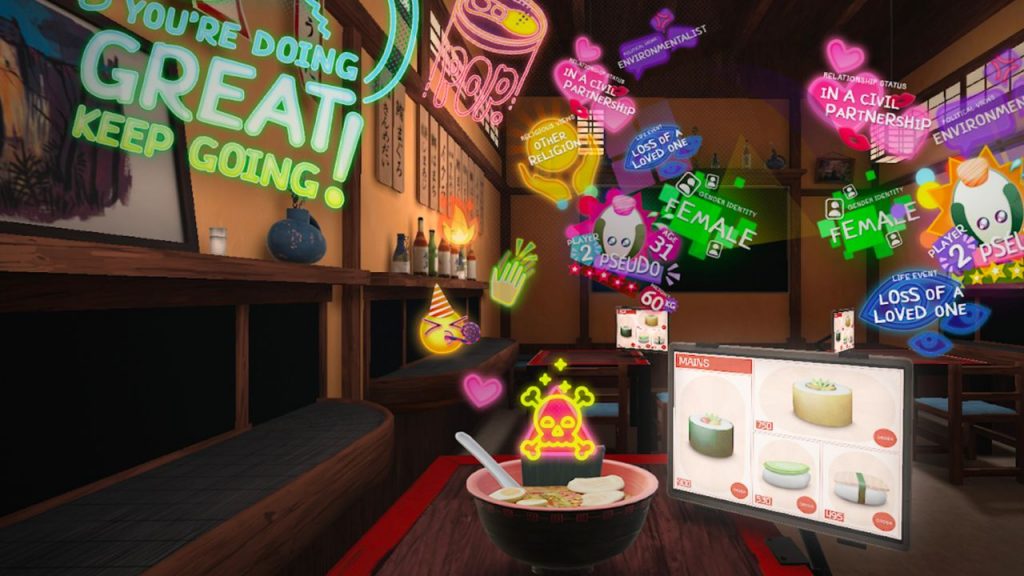
Is distribution the issue for immersive content?
C. S. – The immersive space is really maturing artistically, especially in the way that the technologies are being used, the way that its languages are being developed. Things that were just a trend or an experiment a couple of years ago are now becoming real and successful formats to tell stories and connect with audiences. During our annual DocLab Summit (Sunday, November, 13) we will have a series of private roundtable meetings where experts and artists discuss the constant evolution of the new media industry. This is an exciting moment to make some real choices. When the pandemic happened, everyone was asking for content in the XR field. But how do we move on from here? The content is there if we support it.
C. S. – We have seen it: if you pour a little bit of money into this space, you see an instant blossoming of creativity. As curators, that gives us a lot of choices (and with quality!), and it’s not that easy anymore to choose between projects. There is a receptive art space, there is a receptive community of artists that know what to do with this money. The issue is not content anymore, it’s getting audiences to see these works, whether it’s the digital pipeline or whether it’s the physical pipeline, both are not working optimally. That’s where some serious conversation needs to happen.
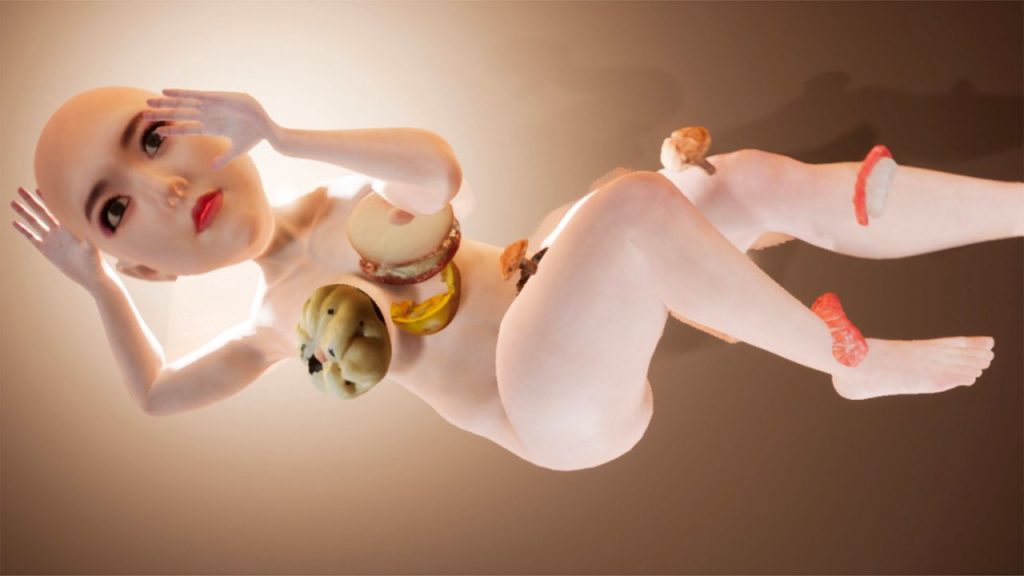
C. S. – We really need to look at the ecosystem on a global scale. Yes, there are venues like the Phi Centre in Montreal, Gaite Lyrique in Paris, MEET in Milano or VR Film Lab in Taiwan. But in general, XR is struggling to present works properly and consistently. It’s why, here in the Netherlands, we are partnering with a new initiative to bring VR into regular cinemas, as well as exploring a venue where IDFA can showcase works year-round. With IN PURSUIT OF REPETITIVE BEATS, we joined forces with Amsterdam Dance Event and collaborated with other festivals to bring it to Amsterdam for an extended period beyond the traditional festival run. a longer period of time in Amsterdam. Sadly, with XR still being pretty new to traditional venues (and the risks and economic effects of the pandemic not yet gone) we didn’t manage to find a venue that wanted to take part of the risk. We see this in other countries and with other projects too.There is a gap right now between the festivals, between the museums, between arts venues and event venues. If we don’t solve that problem, we are just going to make expensive works that don’t get seen. And as the works are getting increasingly better and impressive, that is becoming a problem for all of us. XR is not just something for the geeks, the gamers, the experimental artists. It is for everyone. We really look forward to getting together again next week and discussing this with everyone, as well as eating some bioplastics.
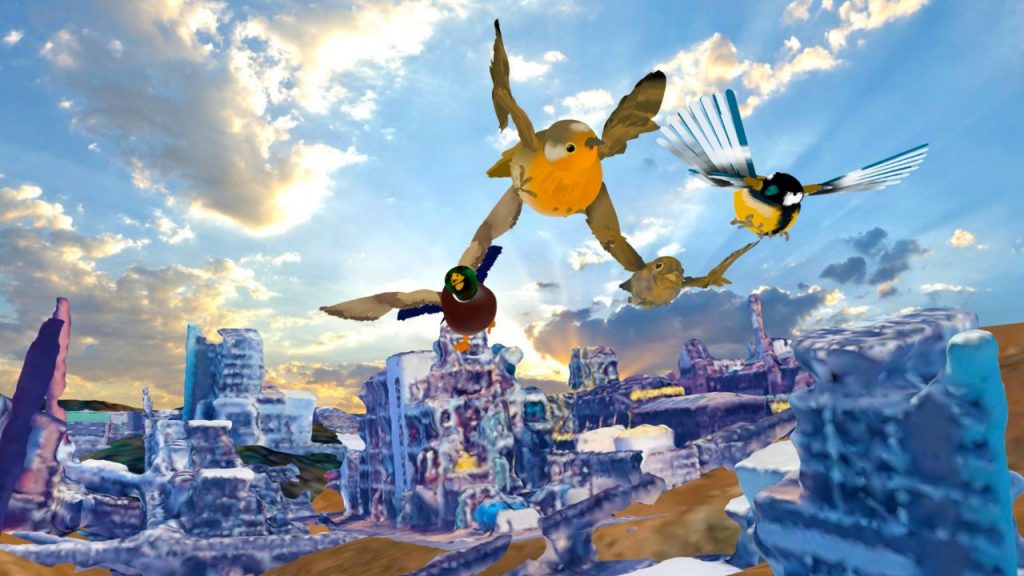
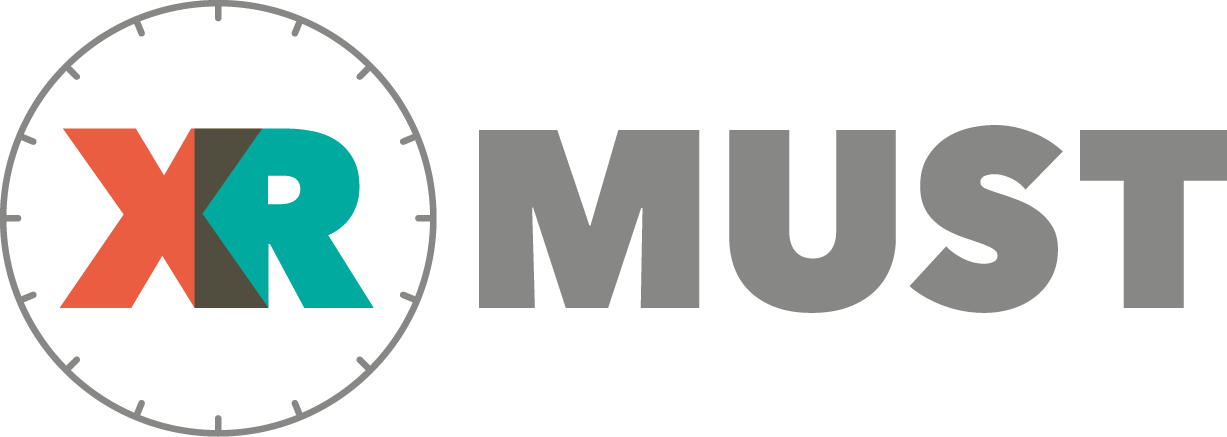

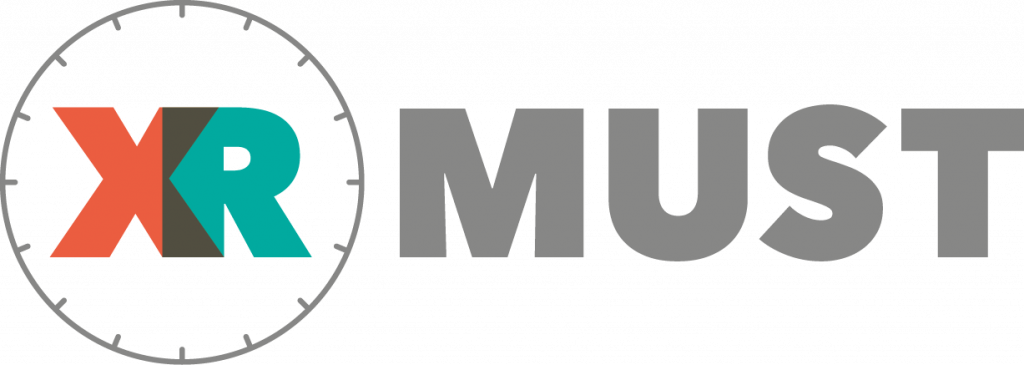
Leave a Reply
You must be logged in to post a comment.